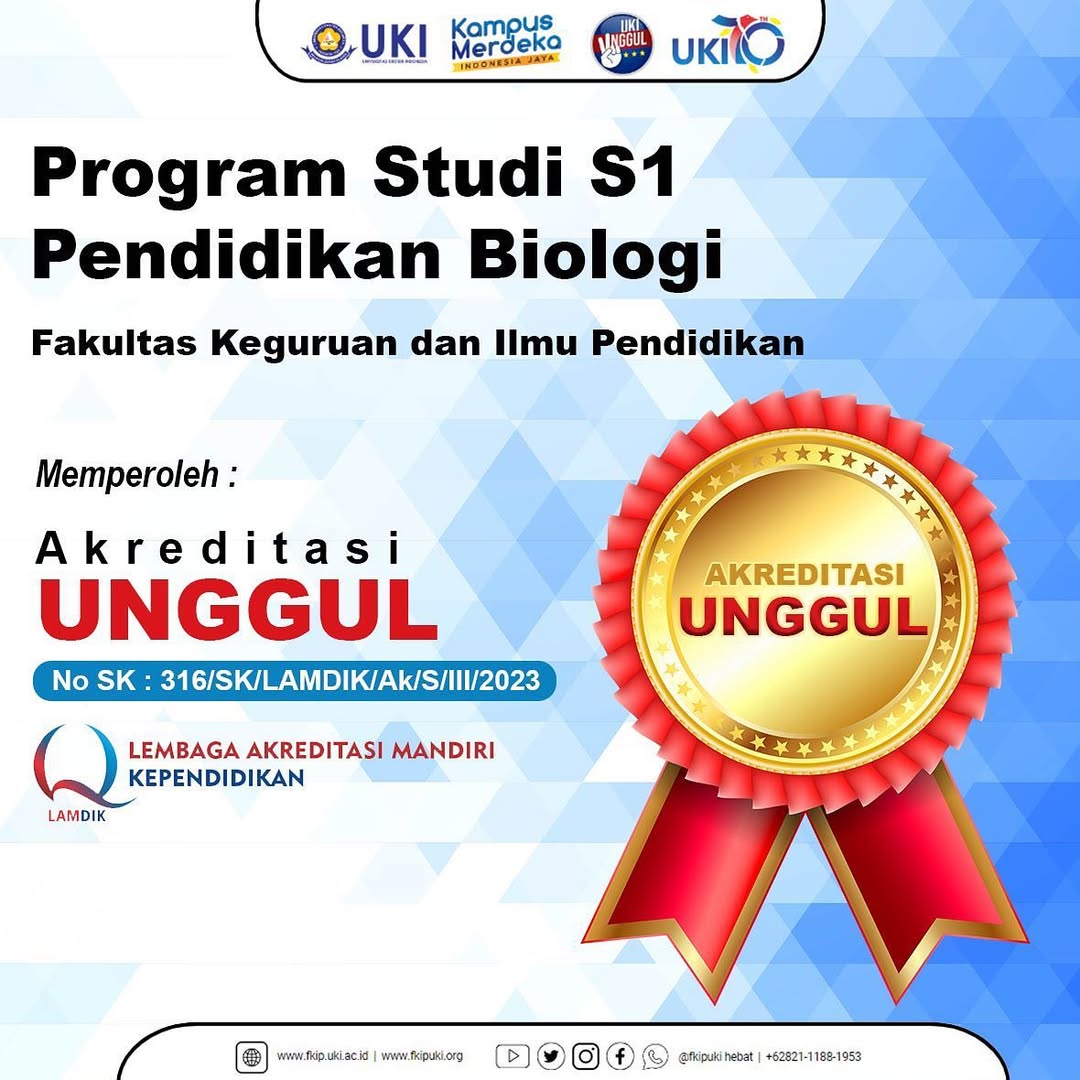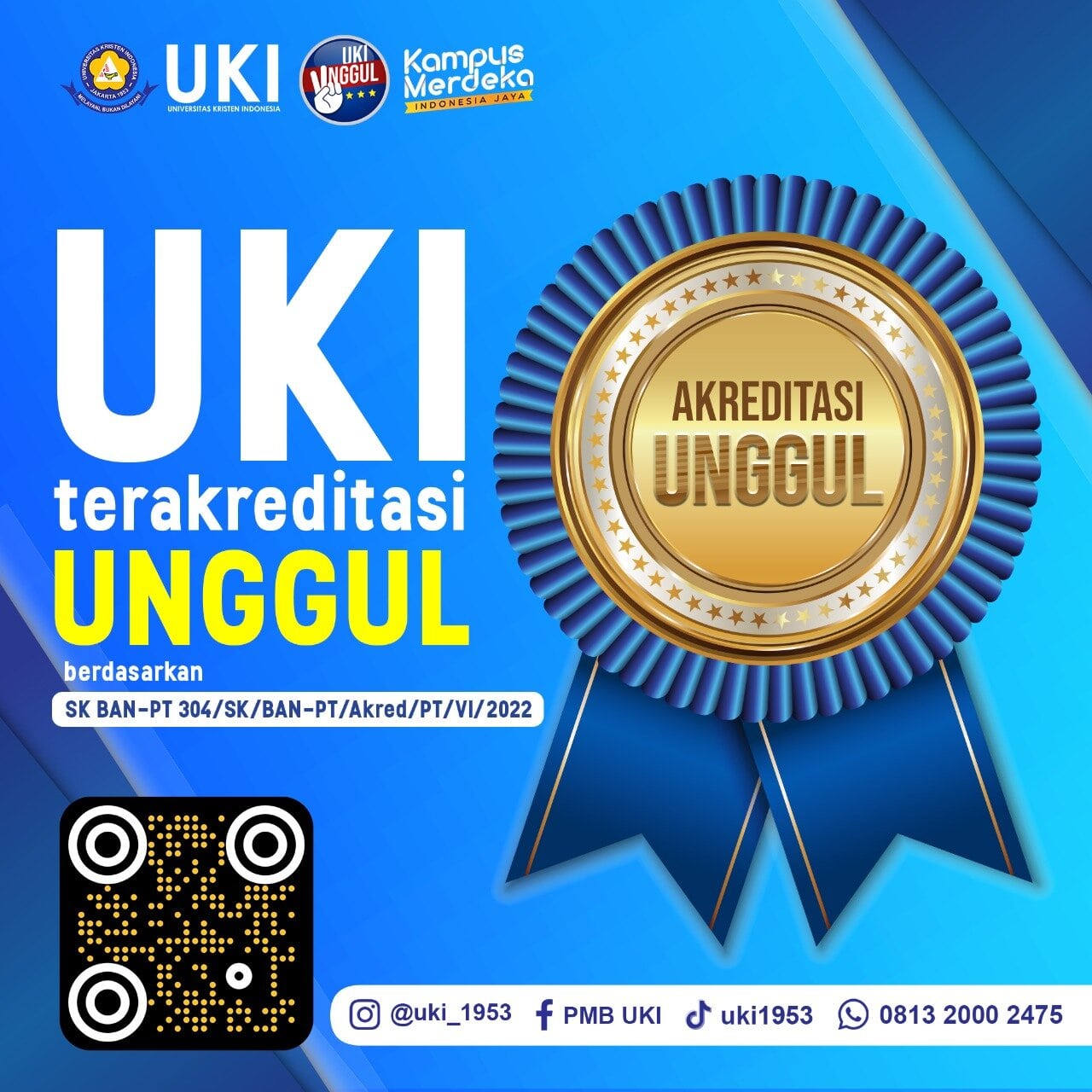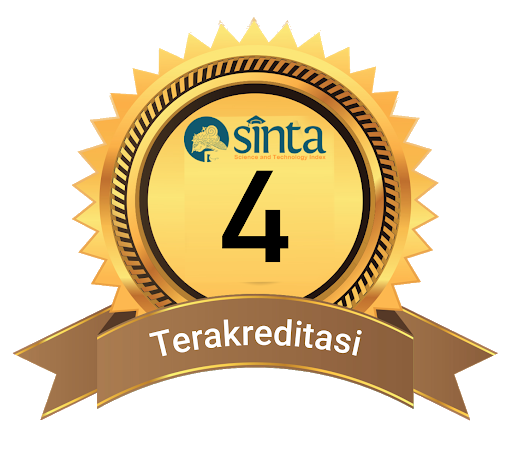Ulasan Aspek Etnobotani dan Fitokimia pada Tumbuhan Andaliman (Zanthoxylum acanthopodium DC.) oleh Suku Batak Di Sumatera Utara
DOI:
https://doi.org/10.33541/pro-life.v10i1.4562Keywords:
Andaliman, Batak, ethnobotany, ethnomedicine, secondary metabolitesAbstract
Andaliman (Zanthoxylum acanthopodium DC.) is an essential plant for the Batak people who utilize its fruit and seeds as spices for cooking, due to the tart taste. Apart of being food needs, andaliman is often used as a traditional medicine and traditional ceremonies. This research was conducted using a literature study method on various scientific using some keywords on the google scholar site. Aspects which were collected including the information on botany, ecology, distribution, local names, ethnobotany as local food and traditional medicine, and phytochemicals. Andaliman fruits and seeds are used as ingredients for cook such as arsik, sangsang, sup trites, gulai biawak, tasa telu, and kidu-kidu. In traditional medicine, andaliman is used to cure various diseases such as improving blood circulation, asthma, rheumatism, and increasing appetite. Besides for food and traditional medicine, andaliman can be utilized in agroforestry schemes as a plant to support natural environment conservation. Extract of andaliman fruit and seed contain various secondary metabolite chemical compounds, including alkaloids, flavonoids, glycosides, saponins, tannins, and triterpenoids. In the end, information on the utilization of andaliman becomes a consideration for maintaining its existence.
References
Arida, E., Hidayat, A., Mulyadi, Maireda N. L., Subasli, D. R., Mumpuni. (2020). Consumption and Trade of Asian Water Monitor, Varanus salvator as Reliance on Wildlife for Livelihoods among Rural Communities in North Sumatra, Indonesia. Journal of Tropical Ethnobiology 3(2), 81–92.
Bunalema, L., Fotso, G. W., Waako, P., Tabuti, J., & Yeboah, S. O. (2017). Potential of Zanthoxylum leprieurii as a source of active compounds against drug resistant Mycobacterium tuberculosis. BMC Complementary and Alternative Medicine, 17(89), 1–6. https://doi.org/10.1186/s12906-017-1602-x
Ekka, G., Jadhav, S. K., & Quraishi, A. (2020). An overview of genus Zanthoxylum with special reference to its herbal significance and application. In Herbs and Spices. IntechOpen
Damanik, E. L., Hasairin, A., Baiduri, R., Saragih, M. H., & Rajagukguk, A. V. (2021). Exploration of medicinal plants: tinuktuk concoction in Simalungunese, Indonesia. Journal of Social and Political Sciences 4(4), 24–37.
Dewi R., Darwo, Yeni, I., Andari L., & Bogidarmanti, R. Agroforestry development in Lake Toba catchment area: Farmer's perception and interest. IOP Conf. Ser.: Earth Environ. Sci., 914 012038
Guleria, S., Tiku, A. K., Koul, A., Gupta, S., Singh, G., & Razdan, V. K. (2013). Antioxidant and antimicrobial properties of the essential oil and extracts of Zanthoxylum alatum grown in North-Western Himalaya. The Scientific World Journal, 1–9. https://doi.org/10.1155/2013/790580
Gultom, T., Edi, S., Silaban, F., Sagala, A., & Gultom, J., Jurusan Biologi FMIPA Universitas Negeri Medan, D., Biologi, P., Biologi, J., & Artikel, I. (2021). Andaliman (Zantoxylum acanthopodium DC) di Kawasan Danau Toba, Sumatera Utara. Citra Bio Kaldera, 1(1), 26–31.
Harahap, U., Hasibuan, P. A. Z., Sitorus, P., Arfian, N., & Satria, D. (2018). Antimigration activity of an ethylacetate fraction of Zanthoxylum acanthopodium DC. Fruits in 4T1 Breast Cancer Cells. Asian Pacific Journal of Cancer Prevention, 19(2), 565–569. https://doi.org/10.22034/APJCP.2018.19.2.565
Hartley, T. G. (1966). A revision of the Malesian species of Zanthoxylum (Rutaceae). Journal of the Arnold Arboretum., 47(3), 171–221. https://doi.org/10.5962/p.33416
Hasairin, A. (2014). Variasi, keunikan dan ragam makanan adat etnis batak toba suatu kajian prospek etnobotani. Jurnal Pengabdian Kepada Masyarakat, 20(75), 21–26.
Hasairin, A., & Nasution, A. (2021). Kajian etnobiologi terites dan kidu-kidu makanan budaya Suku Batak Karo di Sumatera Utara. Seminar Nasional Perhimpunan Masyarakat Etnobiologi Indonesia, 29–33.
Hong, L., Jing, W., Qing, W., Anxiang, S., Mei, X., Qin, L., & Qiuhui, H. (2017). Inhibitory effect of Zanthoxylum bungeanum essential oil (ZBEO) on Escherichia coli and intestinal dysfunction. Food & Function, 8(4), 1569– 1576. https://doi.org/10.1039/C6FO01739H
Ibo, L. K., & Arimukti, S. D. (2019). Ethnobotanical study of Batak Toba sub- ethnic community in Martoba Village, Samosir District, North Sumatra. Seminar Nasional Masyarakat Biodiversitas Indonesia, 5(2), 234–241.
Kaigongi, M. M., Lukhoba, C. W., Yaouba, S., Makunga, N. P., Githiomi, J., & Yenesew, A. (2020). In Vitro Antimicrobial and Antiproliferative Activities of the Root Bark Extract and Isolated Chemical Constituents of Zanthoxylum paracanthum Kokwaro (Rutaceae). Plants, 9(7), 1–15. https://doi.org/10.3390/plants9070920
Kholibrina, C. R., & Aswandi, A. (2021). The ethnobotany and ethnomedicine of Zanthoxylum acanthopodium in Lake Toba, North Sumatra, Indonesia. Jurnal Lahan Suboptimal, 10(1), 78–90. https://doi.org/10.36706/jlso.10.1.2021.526
Kintamani, E., Kusmana, C., Tiryana, T., Batubara, I., & Mirmanto, E. (2019). Wild Andaliman (Zanthoxylum acanthopodium DC.) Varieties as an Aromatic Plants from North Sumatera. 2nd International Conference of Essential Oils, 140–146. https://doi.org/10.5220/0009958201400146
Kristanty, R. E., & Suriawati J. (2014). Cytotoxic and antioxidant activity of petroleum extract of andaliman fruits (Zanthoxylum acanthopodium DC). International J. Pharm.Tech. Res., 6(3), 1064–1069.
Liu, Y.-L., Gao, L.-L., Song, T.-T., Guo, T., & Chang, J. (2020). Two new sesquiterpenoid glycosides from the stems of Zanthoxylum armatum DC. Natural Product Research, 34(21), 3036–3041. https://doi.org/10.1080/14786419.2019.1607332
Lumban Raja, R. N., & Hartana, A. (2017). Morphologycal Variation of Andaliman (Zanthoxylum acanthopodium) in North Sumatra. Floribunda, 5(7), 258– 266.
Maduka, T. O., & Ikpa, C. B. C. (2021). Zanthoxylum rhetsa (Roxb.) DC.: A Systemic Review of its Ethnomedicinal Properties, Phytochemistry and Pharmacology. World News of Natural Science, 37, 41–57.
Marbun, D. H. (2012). Pemanfaatan tanaman rempah tuba (andaliman) secara tradisional pada Masyarakat Etnik Batak Simalungun di Dusun Gotting Kecamatan Raya Kabupaten Simalungun. Disertasi doktor, Universitas Negeri Medan.
Melisa, Sindi, S., Hasairin, A., & Gani, A. R. F. (2021). Ethnobiological study of tasak telu, traditional food Karo Batak Tribe in North Sumatra. Webinar Nasional VII Biologi dan Pembelajarannya, 230-238.
Mukhija, M., Singh, M. P., Dhar, K. L., & Kalia, A. N. (2015). Cytotoxic and antioxidant activity of Zanthoxylum alatum stem bark and its flavonoid constituents. Journal of Pharmacognosy and Phytochemistry, 4(4), 86–92.
Mutinda, E. S., Kimutai, F., Mkala, E. M., Waswa, E. N., Odago, W. O., Nanjala, C., Ndungu, C. N., Gichua, M. K., Njire, M. M., Gituru, R. W., & Hu, G.-W. (2023). Ethnobotanical uses, phytochemistry and pharmacology of pantropical genus Zanthoxylum L. (Rutaceae): An update. Journal of Ethnopharmacology, 303(115895), 1–55. https://doi.org/10.1016/j.jep.2022.115895
Muzafri, A., Julianti, E., & Rusmarilin, H. (2018). The Extraction of antimicrobials component of andaliman (Zanthoxylum acanthopodium DC.) and its application on catfish (Pangasius sutchi) fillet. IOP Conference Series: Earth and Environtmental Science, 122(1), p.012089. doi:10.1088/1755- 1315/122/1/012089
Napitupulu, B., Simatupang, S., & Sinaga, M. (2004). Potency of andaliman as a traditional food additive of Batak ethnic North Sumatera. Seminar Nasional Peningkatan Daya Saing Pangan Tradisional.
Nurlaeni, Y., Iskandar, J., & Junaedi, D. I. (2021). Ethnoecology of Zanthoxylum acanthopodium by local communities around lake Toba, North Sumatra, Indonesia. Biodiversitas, 22(4), 1806–1818. https://doi.org/10.13057/biodiv/d220426
Parhusip, A. J. N., Jenie B. S. L., Rahayu, W. P., & Yasni, S. (2005). Pengaruh ekstrak andaliman (Zanthoxylum acanthopodium DC) terhadap permiabilitas dan hidrofobisitas Bacillus careus. Jurnal Teknologi dan Industri Pangan, 16(1), 24–30.
Purba, E. C., & Silalahi, M. (2021). Edible plants of the Batak Karo of Merdeka District, North Sumatra, Indonesia. Ethnobotany Research & Applications 22, 1–15.
Ross, S. A., Sultana, G. N. N., Burandt, C. L., ElSohly, M. A., Marais, J. P. J., & Ferreira, D. (2004). Syncarpamide, a New Antiplasmodial (+)-Norepinephrine Derivative from Zanthoxylum syncarpum. Journal of Natural Products, 67(1), 88–90. https://doi.org/10.1021/np030417t
Saragih, D. E., & Arsita, E. V. (2019). Kandungan fitokimia Zanthoxylum acanthopodium dan potensinya sebagai tanaman obat di wilayah Toba Samosir dan Tapanuli Utara, Sumatera Utara. Prosiding Seminar Nasional Masyarakat Biodiversitas Indonesia, 71–76. https://doi.org/10.13057/psnmbi/m050114
Saragih, S.N., & Pasaribu, P. 2021. Tinuktuk as Traditional Postpartum Medicine in Nagori Amborokan Panei Raya, Raya Kahean District, Simalungun Regency. Jurnal Antropologi Sumatera, 19(2), 101–111.
Silalahi, M., & Anggraeni, R. (2018a). Studi etnobotani tumbuhan pangan yang tidak dibudidayakan oleh masyarakat lokal Sub-etnis Batak Toba, di Desa Peadungdung Sumatera Utara, Indonesia. Jurnal Pengelolaan Sumberdaya Alam dan Lingkungan, 8(2), 241–250.
Silalahi, M., & Lumbantobing, K. (2021). Kandungan Minyak Atsiri Andaliman (Zanthoxylum acanthopodium DC) dan Bioaktivitasnya. Jurnal Pro-Life, 8(1), 22–31.
Silalahi, M., Nisyawati, Walujo, & E. B., Supriatna, J. (2015). Local knowledge of medicinal plants in sub-ethnic Batak Simalungun of North Sumatra, Indonesia. Biodiversitas, 16(1): 44–54.
Silalahi, M., Nisyawati, Walujo, E. B., & Mustaqim, W. (2018b). Etnomedisin tumbuhan obat oleh subetnis Batak Phakpak di Desa Surung Mersada, Kabupaten Phakpak Bharat, Sumatera Utara. Jurnal Ilmu Dasar 19(2): 77– 92.
Silalahi, M., Asmara, K. T., & Nisyawati. (2021). The Ethnobotany Study of the Foodstuffs by Local Communities in the Bulumario Village. Jurnal Biodjati, 6(1), 45–58.
Siregar, B. L. (2003). Andaliman (Zanthoxylum acanthopodium DC.) di Sumatera Utara: deskripsi dan perkecambahan. Hayati Journal of Biosciences, 10(1), 38–40. https://repository.ipb.ac.id/bitstream/handle/123456789/29601/Benedicta_ Lamria_Siregar_andaliman2003-1-3840.pdf?sequence=1&isAllowed=y
Supabphol, R., & Tangjitjareonkun, J. (2015). Chemical Constituents and Biological Activities of Zanthoxylum limonella (Rutaceae): A Review. Tropical Journal of Pharmaceutical Research, 13(12), 2119–2130. https://doi.org/10.4314/tjpr.v13i12.25
Umoh, O. T. (2020). Chemotaxonomy: The Role of Phytochemicals in Chemotaxonomic Delineation of Taxa. Asian Plant Research Journal, 5(1), 43–52. https://doi.org/10.9734/aprj/2020/v5i130100
Wahyuni, S., Manullang, A. P., & Dinata, M. (2022). Studi etnobotani pada makanan khas Suku Batak Toba di Desa Pangkalan Libut Kecamatan Pinggir Kabupaten Bengkalis Provinsi Riau. Bio-Lectura: Jurnal Pendidikan Biologi, 9(2), 228-237.
Wijaya, C. H., Hadiprodjo, I. T., & Apriyantono, A. (2002). Identification of Volatile Compounds and Key Aroma Compounds of Andaliman Fruit (Zanthoxylum acanthopodium DC). Food Science and Biotechnology, 11, 680–683.
Wijaya, C. H., Napitupulu, F. I., Karnady, V., & Indariani, S. (2019). A review of the bioactivity and flavor properties of the exotic spice “andaliman” (Zanthoxylum acanthopodium DC.). Food Reviews International, 35(1), 1– 19. https://doi.org/10.1080/87559129.2018.1438470










.svg_.png)













